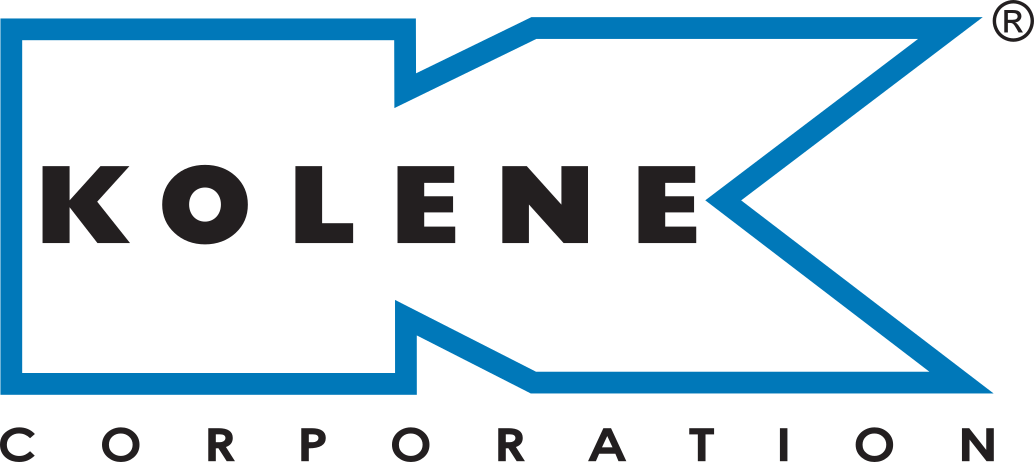Heads, Blocks, & Turbos Reman-Ready In Minutes
Kolene® molten salt cleaning processes find broad applications in the cleaning of used engine components in preparation for inspection and remanufacturing. They are unique in that there are no solvents, diluents, water, etc. present in the bath – it is liquid solely because of its operating temperature. Molten salts offer a combination of performance, speed, thoroughness, and flexibility not available in other chemical or thermal cleaning technologies.
Any organic compounds that may be present on the used components – oils, carbon, soils, greases, and paints (including CARC) – are quickly and completely removed. Heavy metal scales such as rust and heat scales are not removed by the bath, but any organic oils or soils that were absorbed into them during service are removed; this greatly increases the efficiency and effectiveness of subsequent chemical brightening or pickling operations after salt bath cleaning.
The actual cleaning sequence is described below:
After teardown, draining, and minor pre-cleaning, the dry workload is immersed into the molten salt for stripping of all organics – oils, greases, paints, and coke/carbon deposits. When a load of components is first immersed in the molten salt, a “cocoon” of solidified salt forms on the cold workload. As the load heats up, the solid salt re-melts and the reaction between the soils and salts begins. The molten salt easily flows around and through external and internal surfaces, including complex flow passages.
After a predetermined time, the workload is removed and any excess salt is allowed to drain back into the bath. Depending on the quench sensitivity of the parts being cleaned, the work is either directly quenched into water, or allowed to air cool before quenching. Chemical post-treatments such as chelated alkaline de-rusters or inhibited acid pickling solutions are commonly used to complete the cleaning process and produce a clean, metallic appearance.
Unlike mechanical blast techniques, molten salt cleaning will not mask surface defects such as cracks and crazing. A molten salt cleaned component readily prepares a casting for subsequent dye penetration or other surface examination.
Engine cleaning process features & benefits:
- fast and 100% clean components
- ability to clean intricate cored passages
- multiple substrate cleaning flexibility
- will not mask surface defects
- surfaces are easily inspected
- overall cleaning times reduced

Engine rebuild applications include:
- total removal of a broad range of organic coatings, including nylon, epoxies, polyurethanes, and fluoropolymers — eliminating the need for multiple stripping processes and handwork
- removal of organic finishes, carbon deposits, and other contaminants from aluminum components
- removal of oils and soils
- removal of carbon from engine heads, turbochargers, and exhaust manifolds
- removal of paint and organic coatings, including CARC (Chemical Agent Resistant Coating)
Contact us today to learn more about our applications, products, and services.
